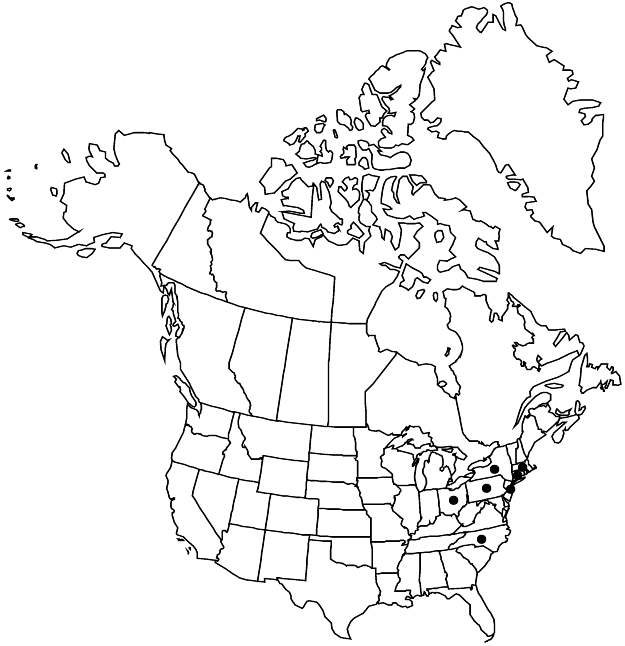Difference between revisions of "Stellaria holostea"
Sp. Pl. 1: 422. 1753.
FNA>Volume Importer |
imported>Volume Importer |
||
| (One intermediate revision by the same user not shown) | |||
| Line 8: | Line 8: | ||
}} | }} | ||
|common_names=Greater stitchwort;Easter-bell | |common_names=Greater stitchwort;Easter-bell | ||
| + | |special_status={{Treatment/ID/Special_status | ||
| + | |code=W | ||
| + | |label=Weedy | ||
| + | }}{{Treatment/ID/Special_status | ||
| + | |code=I | ||
| + | |label=Introduced | ||
| + | }} | ||
|basionyms= | |basionyms= | ||
|synonyms={{Treatment/ID/Synonym | |synonyms={{Treatment/ID/Synonym | ||
| Line 28: | Line 35: | ||
|elevation=0-500 m | |elevation=0-500 m | ||
|distribution=Conn.;Mass.;N.J.;N.Y.;N.C.;Ohio;Pa.;Eurasia. | |distribution=Conn.;Mass.;N.J.;N.Y.;N.C.;Ohio;Pa.;Eurasia. | ||
| + | |introduced=true | ||
|discussion=<p><i>Stellaria holostea</i> is sometimes cultivated and occasionally naturalizes.</p> | |discussion=<p><i>Stellaria holostea</i> is sometimes cultivated and occasionally naturalizes.</p> | ||
|tables= | |tables= | ||
| Line 51: | Line 59: | ||
|publication title=Sp. Pl. | |publication title=Sp. Pl. | ||
|publication year=1753 | |publication year=1753 | ||
| − | |special status= | + | |special status=Weedy;Introduced |
| − | |source xml=https:// | + | |source xml=https://bitbucket.org/aafc-mbb/fna-data-curation/src/2e0870ddd59836b60bcf96646a41e87ea5a5943a/coarse_grained_fna_xml/V5/V5_219.xml |
|subfamily=Caryophyllaceae subfam. Alsinoideae | |subfamily=Caryophyllaceae subfam. Alsinoideae | ||
|genus=Stellaria | |genus=Stellaria | ||
Latest revision as of 22:09, 5 November 2020
Plants perennial, scrambling to ascending, from slender, creeping rhizomes. Stems branched distally, 4-angled, 15–60 cm, glabrous or hispid-puberulent distally. Leaves sessile; blade narrowly lanceolate, widest near base, 4–8 cm × 2–10 mm, somewhat coriaceous, base round and clasping, margins and abaxial midrib very rough, apex narrowly and sharply acuminate, scabrid, otherwise glabrous, slightly glaucous. Inflorescences terminal, loose, 3–31-flowered cymes; bracts foliaceous, 5–50 mm, margins and abaxial midrib scabrid. Pedicels ascending, 1–60 mm, slender, pubescent. Flowers 20–30 mm diam.; sepals 5, inconspicuously 3-veined, ovate-lanceolate, 6–8 mm, margins narrow, scarious, apex acute, glabrous; petals 5 (rarely absent), 8–14 mm, longer than sepals, blade apex 2-fid to middle; stamens 10, sometimes fewer by degeneration; styles 3, ascending, ca. 4 mm. Capsules green, subglobose, 5–6 mm, ± equaling sepals, apex obtuse, opening by 3 valves, tardily splitting into 6; carpophore absent. Seeds reddish brown, reniform, 2–3 mm diam., papillose. 2n = 26 (Europe).
Phenology: Flowering spring.
Habitat: Woodlands, hedgerows
Elevation: 0-500 m
Distribution

Introduced; Conn., Mass., N.J., N.Y., N.C., Ohio, Pa., Eurasia.
Discussion
Stellaria holostea is sometimes cultivated and occasionally naturalizes.
Selected References
None.